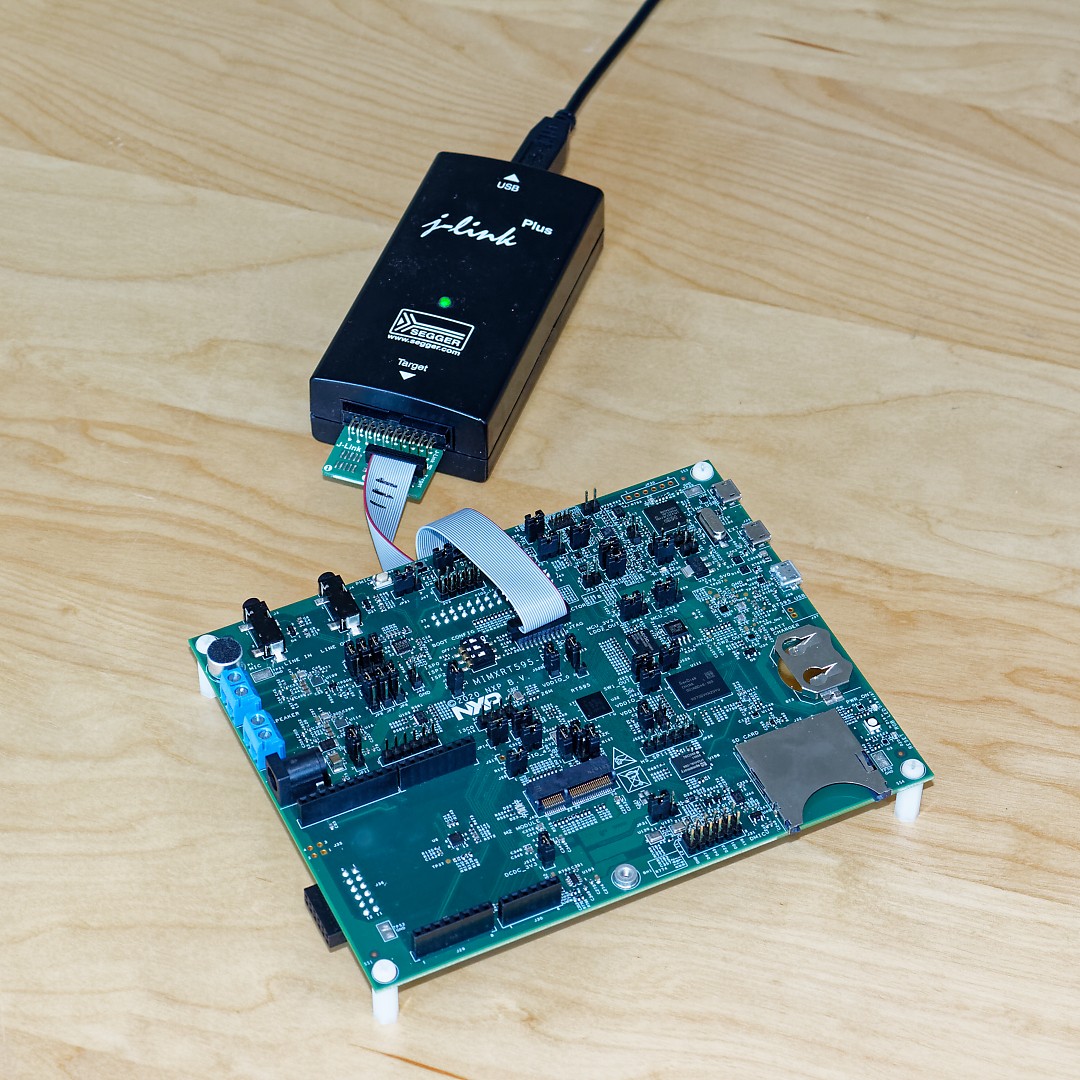

- #Open folder in segger embedded studio install#
- #Open folder in segger embedded studio serial#
- #Open folder in segger embedded studio pro#
- #Open folder in segger embedded studio software#
- #Open folder in segger embedded studio code#
#Open folder in segger embedded studio serial#
Nordic's nrftuil is a Python-based tool for packaging device firmware updates (DFU) and updating an nRF chip with that package over either serial or Bluetooth. tar file somewhere on your computer - you may need to add the Nordic tools directory to your $PATH environment variable. On Windows, run the installer and follow the instructions in the wizard. Select your appropriate flavor from the pulldown towards the bottom of the page.
#Open folder in segger embedded studio software#
The software is available for Windows, Linux 32-bit, Linux 64-bit, and macOS.

To download these tools, visit the Installing the nRF5x Command Line Tools page of Nordic's information center.
#Open folder in segger embedded studio install#
In order to upload new, compiled applications to your nRF52840 you'll need to install a handful of Nordic command-line tools, including nrfjprog. nRF Tools > nRF Command Line Tools (click the Installing the nRF Command Line Tools link).Getting started with nRF5 SDK and Keil > Setting up your toolchain (still includes broken link).Installing the nRF5x Command Line Tools (links):.For additional assistance locating the resources on the Nordic website, users can try checking out the Nordic DevZone. It appears that the Nordic links have changed. On Windows, for example, click the "Download" link next to "Windows 32-bit\File: gcc-arm-none-eabi-7-2018-q2-update-win32.exe (82.98 MB)". To get the latest version, visit the Arm GNU download's page. The ARM GNU tools are free to download and use.
#Open folder in segger embedded studio code#
Debugging tools - GDB, the GNU Project Debugger, can be used to step through your code and view memory contents in real-time. Binary tools - Tools that can link your compiled code together, compile assembly code, and perform a variety of file-conversion operations. GNU C/C++ Compiler - A C/C++ compiler that turns your C/C++ code into machine code that the ARM can understand. The GNU Arm Embedded Toolchain is a collection of open-source compilers, build, and debug-tools for ARM microcontrollers - including the ARM Cortex-M4 that make up a major chunk of the nRF52840 SoC. adafruit-nrfutil - a modified version of Nordic's nrfutil is used to upload via DFU bootloader. Nordic's nRF5x Command Line Tools include nrfjprog, which can be used to upload via the SWD debug interface. In addition to the compiler, you'll need software that can take that compiled code and upload it to a Nordic nRF5 chip via either the bootloader or the SWD interface. There are a handful of ARM C compilers out there, but we'll be focusing on the open-source ARM GCC toolchain in this tutorial. To compile those source files you'll need a C compiler for the ARM architecture. Installing the ARM Toolchain & Nordic ToolsĪll of the nRF5 SDK's examples, components, and libraries are written in C. #Open folder in segger embedded studio pro#
This tutorial is primarily designed to support the SparkFun Pro nRF52840 Mini Breakout - especially the section covering SDK modifications to enable programming-via-bootloader. For most examples, you'll need to make some Makefile (and potentially linker-script) modifications to load it onto your nRF52840 using the pre-programmed bootloader.
The SDK isn't tailor-made for the SparkFun nRF52840 Mini Breakout. Whether you want to blink an LED or set up your nRF52 board as a BLE central device, there are a lot of new functions, macros, and programming paradigms to familiarize yourself with. Developing with the nRF5 SDK is hard if you've never done it before. We're not in Arduino- or Python-land anymore. If you're stuck, feel free to reach out in this tutorial's comments section. You'll encounter errors that may seem to be impossibly isolated to your setup and your computer. Setting up a from-scratch toolchain and IDE can be a daunting task. Whether you'd prefer to use Eclipse, Sublime, Notepad++, or, as we'll demonstrate in this tutorial Visual Studio Code, your options are nearly endless! Flexibility to use your favorite IDE/editor. Access to more advanced features that may not have Arduino or CircuitPython support built out: NFC, ANT, capacitive-touch sensing, FreeRTOS just to name a few. Just take a peek at the nRF5 SDK Documentation. Nordic's documentation is equally-comprehensive and well-organized. Everything from blinky to BLE heart-rate monitors are are included in the SDK. Lots of example applications! The list of examples in Nordic's nRF5 SDK is exhaustive. Pros and ConsĪs with any development approach, there are benefits and disadvantages to building a homebrew programming environment. So this tutorial will put extra focus on modifying the SDK to seamlessly bootload code via USB. SparkFun's nRF52840 ships with a USB-Serial DFU bootloader. It focuses on developing for the SparkFun Pro nRF52840 Mini Breakout. This tutorial will cover download and setup of every software tool - armgcc, nrfutil, and the nRF5 SDK - you need for nRF52 development.






 0 kommentar(er)
0 kommentar(er)
